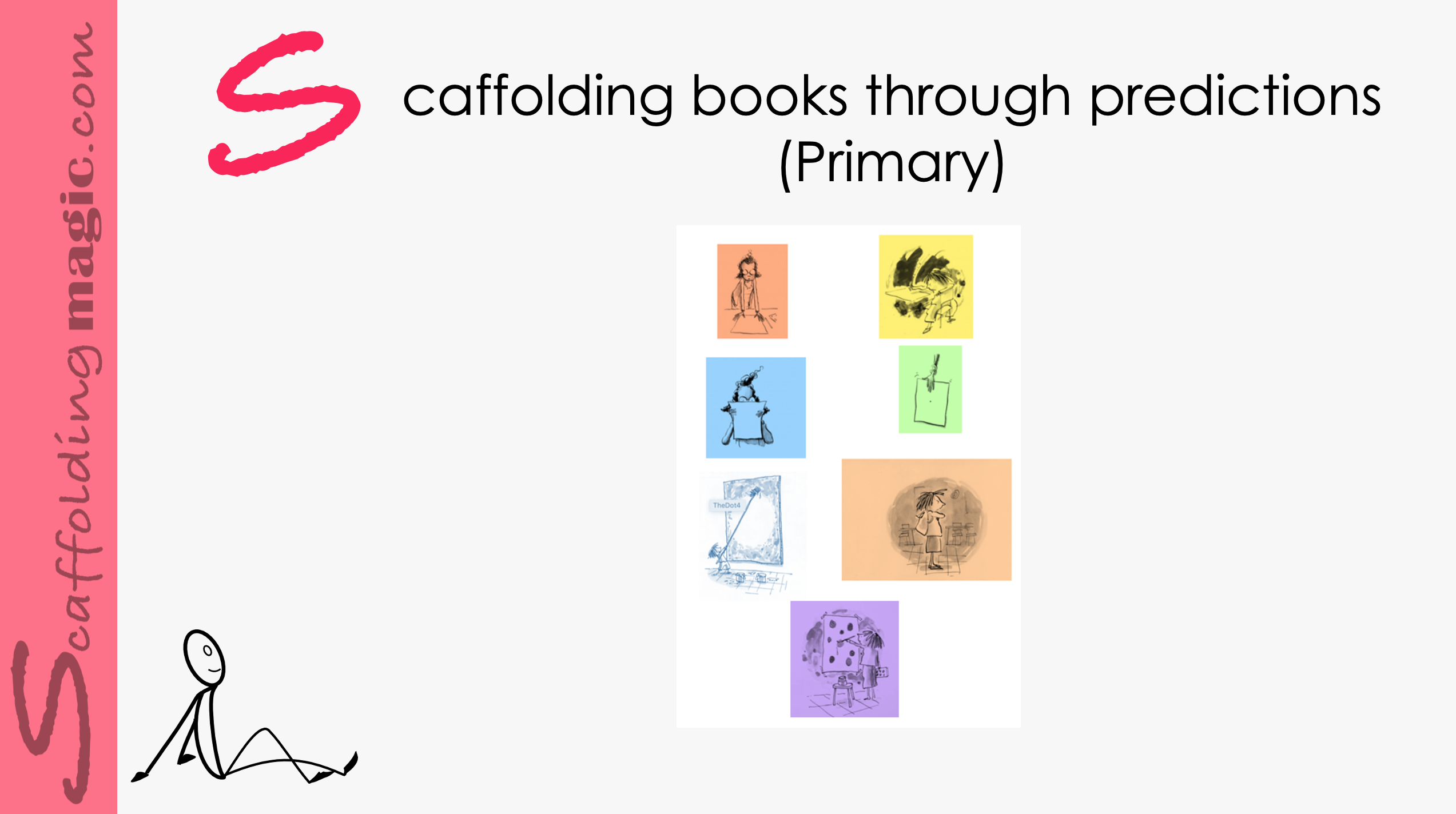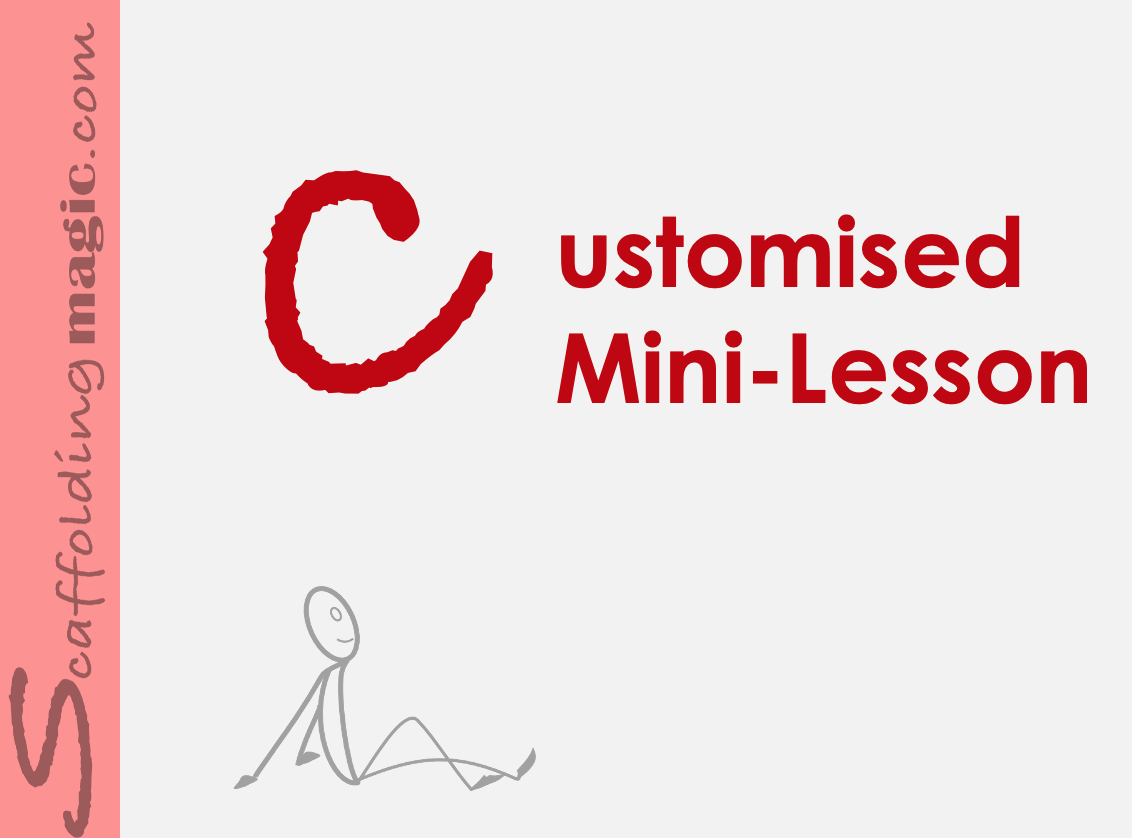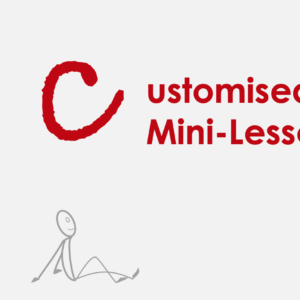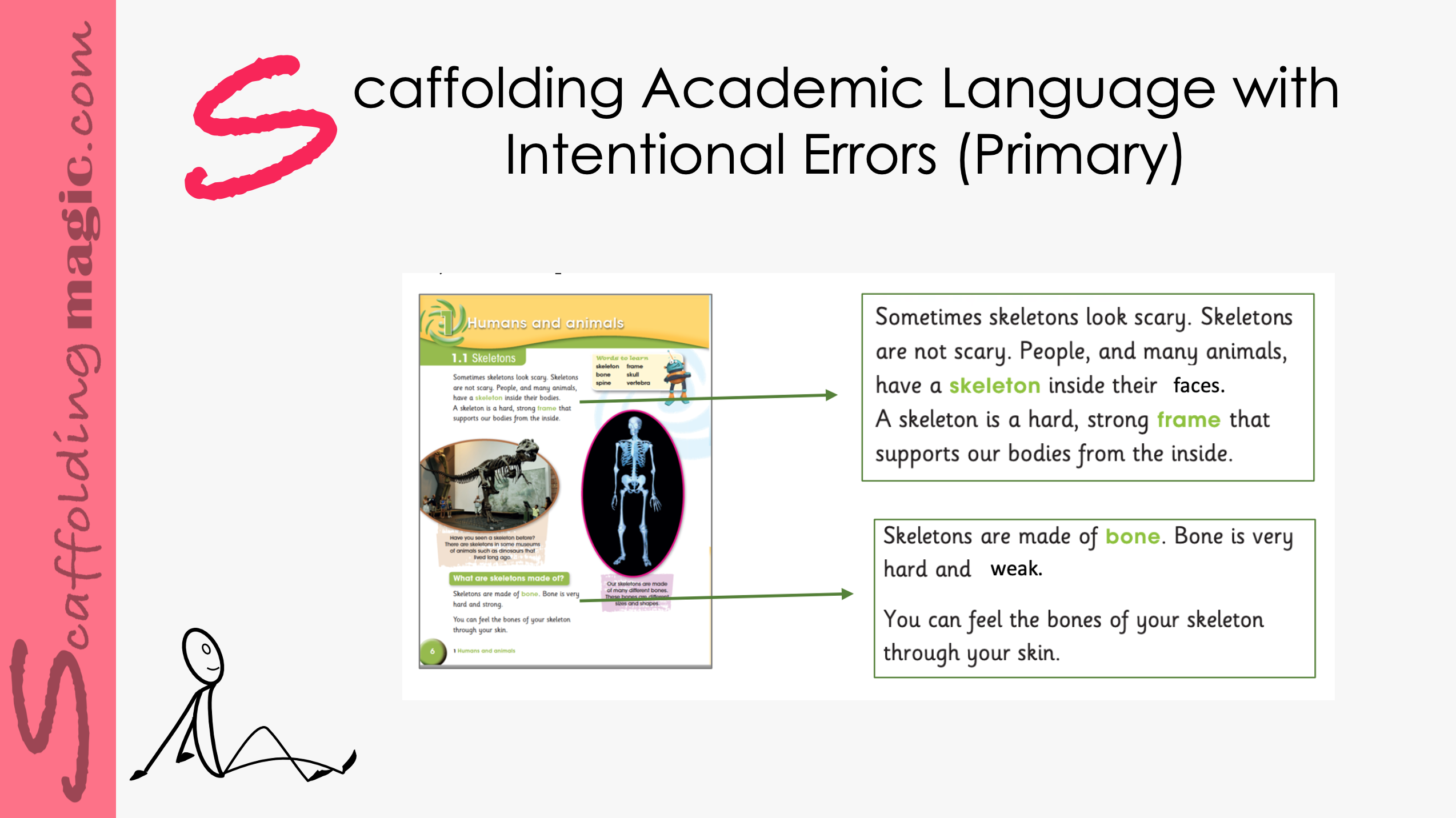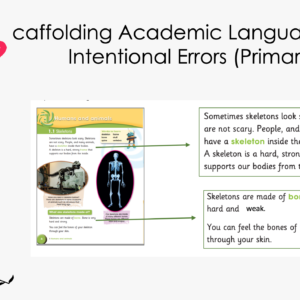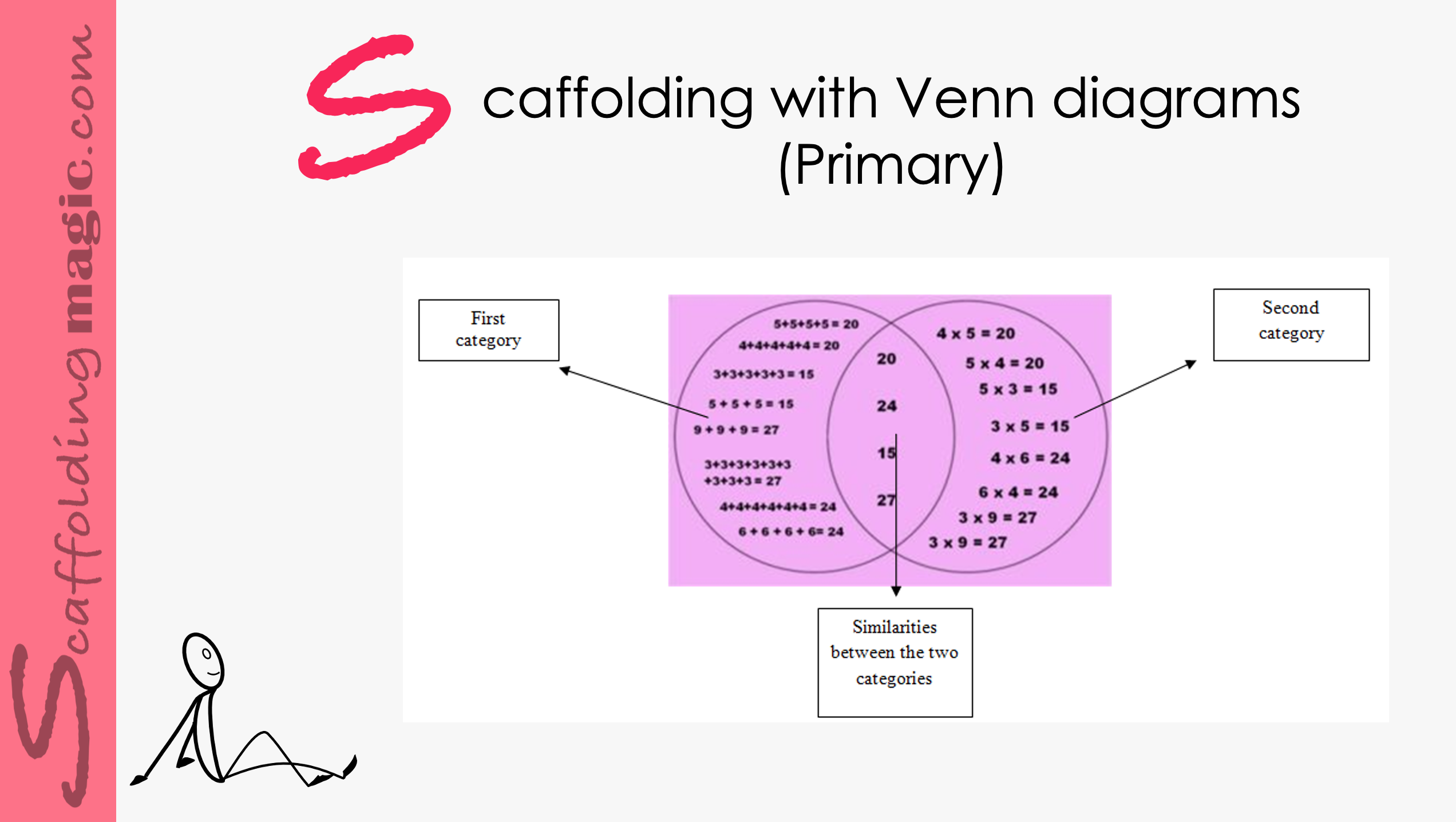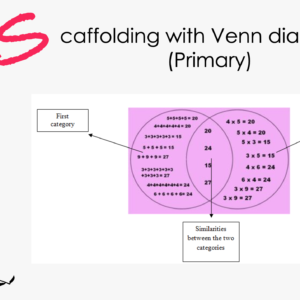Giving our students the chance to interact, make predictions, use critical thinking skills and visual clues, can augment their enthusiasm for reading from the outset. Combining this scaffold with a task-based (communicative) approach will help students interact with the book in dynamic, relevant and meaningful ways.
Scaffolding Books through Predictions (Primary)
$5.00
Giving our students the chance to interact, make predictions, use critical thinking skills and visual clues, can augment their enthusiasm for reading from the outset. Combining this scaffold with a task-based (communicative) approach will help students interact with the book in dynamic, relevant and meaningful ways.
Related products
- Scaffold
- dynamic activity
- student-centred
- written instructions
- variety of learning styles
- an introduction to the academic language, concept and/or content of the
- Body of Lesson
- whatever you provide (we’ll offer suggestions if necessary)
- Formative Assessment
- a creative way to evaluate if your students have assimilated the new information
- Reflection Questions
- questions based on lower-to-higher level questions to promote critical thinking
- External Resources
- PDF Format
- Templates
- Quick View
-
UncategorizedQuick View
Scaffolding Academic Language with Intentional Errors (Primary)
$5.00 Add to cartRated 0 out of 5 - Quick View
customised mini-lesson
Send me a message at donna@scaffoldingmagic.com and we’ll begin creating you’re incredible Mini-Lesson that will include:
Get ready to revel in the engagement of your students!!
Scaffolding Academic Language with Intentional Errors (Primary)
This scaffold puts a twist on the concept of celebrating mistakes. To truly show our students how errors are valuable for their own development, we create a whole activity around mistakes that we have intentionally embedded in the unit, lesson, or project they are about to begin. At the end of the activity, we further expand the dynamic by helping them to reflect on the steps of the activity – how they felt having the opportunity to consider different alternatives instead of receiving the information without any opportunity to collaborate or participate. Essentially, they’ll be reflecting on how it feels to learn through an action!
Scaffolding with Venn Diagrams (Primary)
Creating and using concept maps tends to have a high positive impact on student achievement.* Concept maps (graphic organisers) help students to see how various pieces of knowledge relate to one another. It helps to structure their thinking. ** Venn diagrams are one type of graphic organiser that illustrate similarities, differences, and relationships between concepts, ideas, categories, or groups. This scaffold takes the functionality of Venn Diagrams one step further and uses the dynamic of overlapping circles not only to make categories of information visible, but to actually be the venue through which – by analysing patterns – students can teach themselves new concepts. This is the fundamental goal of scaffolding – to create activities for students that help them pull on past knowledge to move into new knowledge – and to become more independent learners.
Creating and using concept maps tends to have a high positive impact on student achievement.* Concept maps (graphic organisers) help students to see how various pieces of knowledge relate to one another. It helps to structure their thinking. ** Venn diagrams are one type of graphic organiser that illustrate similarities, differences, and relationships between concepts, ideas, categories, or groups. This scaffold takes the functionality of Venn Diagrams one step further and uses the dynamic of overlapping circles not only to make categories of information visible, but to actually be the venue through which – by analysing patterns – students can teach themselves new concepts. This is the fundamental goal of scaffolding – to create activities for students that help them pull on past knowledge to move into new knowledge – and to become more independent learners.

